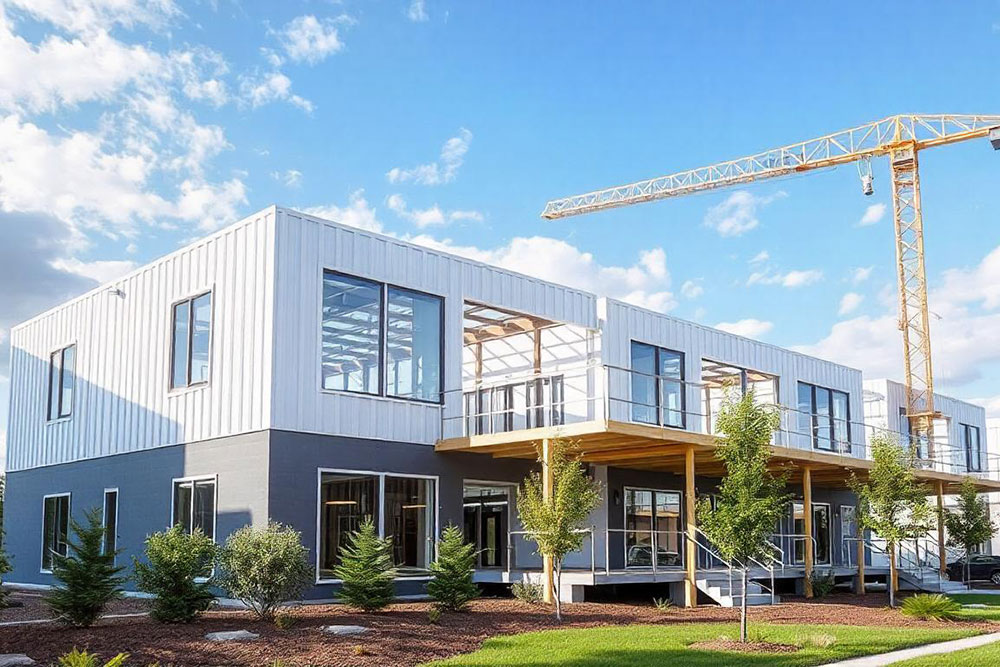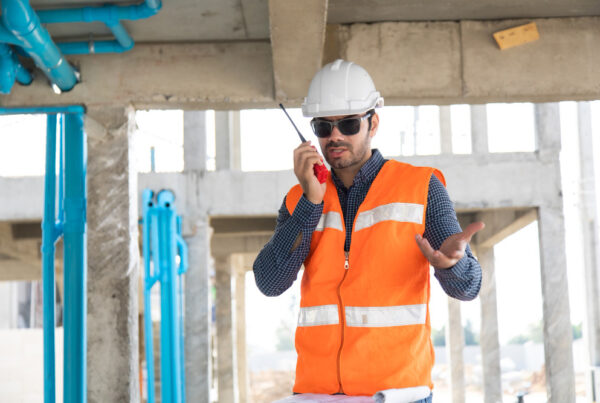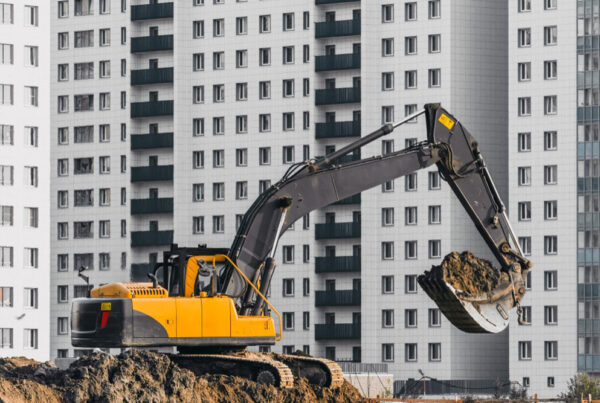Modular construction is revolutionizing the building industry by offering an efficient, cost-effective, and flexible alternative to traditional construction methods. Prefabricated building components are manufactured off-site in a controlled environment and then transported to the construction site for assembly. This method significantly reduces construction time and minimizes on-site labor, while also offering greater quality control. In this article, we will explore the benefits, applications, and recent advancements in modular construction.
Benefits of Modular Construction
1. Faster Construction Time
One of the most significant benefits of modular construction is the reduced construction timeline. Since the building components are manufactured off-site in a factory while site preparation is simultaneously completed, the overall construction process is much faster than traditional methods. On average, modular construction can reduce building time by up to 50%, which is especially advantageous for projects with tight deadlines.
2. Cost-Effectiveness
Modular construction is generally more cost-effective due to the efficient use of materials, reduced labor costs, and shorter construction timelines. The controlled factory environment allows for minimal material waste, and bulk purchasing of materials also leads to cost savings. Additionally, the reduction in on-site labor hours significantly lowers labor costs, making modular construction an economically viable solution for many projects.
3. Enhanced Quality Control
Since modular components are built in a controlled factory setting, they are subjected to rigorous quality control standards. This ensures consistent quality across all building components, minimizing the risk of construction errors. The controlled environment also means that weather conditions do not affect the building process, ensuring consistent progress throughout the project.
4. Sustainability and Reduced Waste
Modular construction is an environmentally friendly option. The controlled manufacturing process minimizes material waste, and many modular buildings are designed with sustainability in mind, utilizing energy-efficient materials and systems. Additionally, modular buildings can be easily disassembled and relocated or repurposed, which further reduces waste compared to traditional construction.
Applications of Modular Construction
1. Residential Buildings
Modular construction is widely used for residential projects, including single-family homes, apartment complexes, and affordable housing developments. The speed and cost-effectiveness of modular construction make it an attractive option for residential developers, especially in areas where housing demand is high.
2. Commercial and Office Buildings
Many commercial and office buildings are now being constructed using modular techniques. Prefabricated modules can be customized to meet the specific needs of a business or commercial space. Modular office buildings can also be expanded or reconfigured as needed, providing flexibility for growing businesses.
3. Healthcare Facilities
Healthcare facilities, such as hospitals and clinics, often require rapid construction to meet increasing patient demands. Modular construction offers a fast and efficient way to build medical facilities, allowing for quicker access to essential healthcare services. The ability to construct specialized spaces like clean rooms in a controlled factory environment also ensures high levels of safety and hygiene.
4. Educational Institutions
Schools and universities are adopting modular construction for building classrooms, dormitories, and administrative buildings. Modular construction allows educational institutions to quickly expand their infrastructure while minimizing disruptions to ongoing operations. Additionally, prefabricated buildings offer flexible designs that can be customized to meet the unique needs of educational facilities.
Advancements in Modular Construction
1. 3D Printing Technology
3D printing is making significant strides in modular construction by allowing for the creation of custom components and even entire modules using advanced printing techniques. 3D printing reduces production time and costs, while also enabling the construction of more complex and detailed structures that are difficult to achieve with traditional methods.
2. Smart Modular Buildings
With the rise of smart technology, modular buildings can now be equipped with smart systems for energy management, security, and automation. These systems can be integrated into the prefabricated modules, allowing for seamless implementation during assembly. This advancement contributes to more energy-efficient and technologically advanced buildings.
3. Sustainable Materials
The use of sustainable materials in modular construction is becoming more common. Materials such as recycled steel, eco-friendly insulation, and energy-efficient windows are being used to create environmentally conscious buildings. These materials not only reduce the environmental impact of the building process but also contribute to the long-term sustainability of the structure.
Conclusion
Modular construction is transforming the way we build, offering numerous benefits such as faster construction times, cost savings, and enhanced quality control. From residential homes to commercial buildings and healthcare facilities, modular construction is a versatile solution that is gaining popularity across various industries. With advancements in 3D printing, smart technology, and sustainable materials, the future of modular construction looks promising and will continue to shape the building industry.






